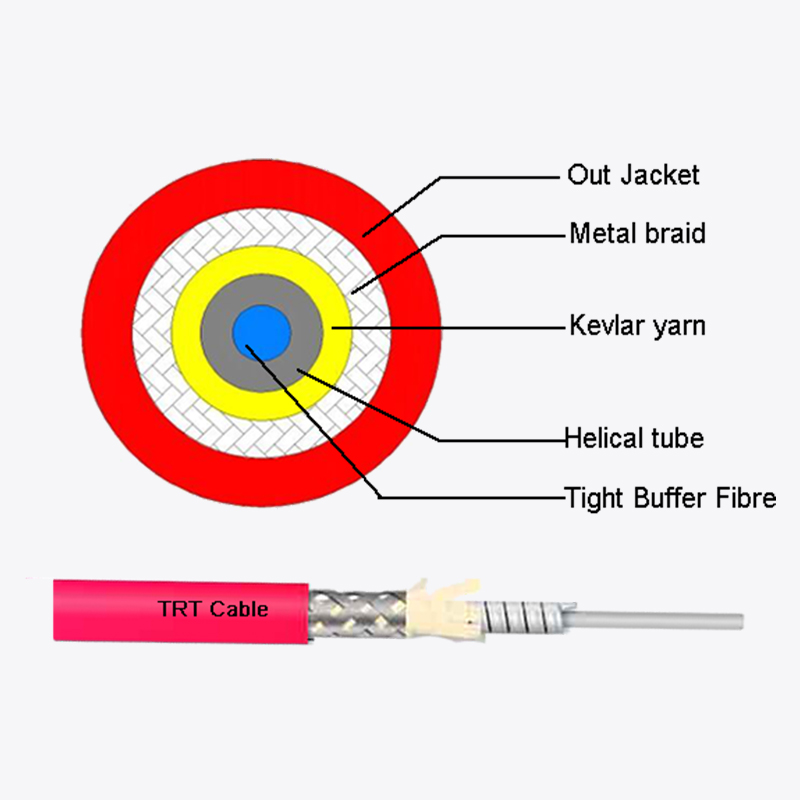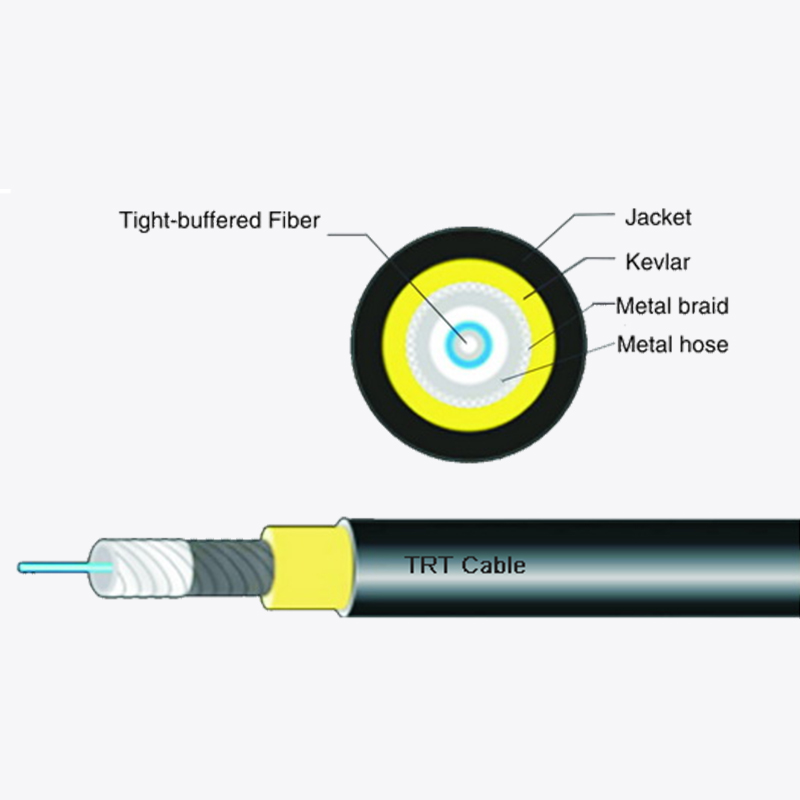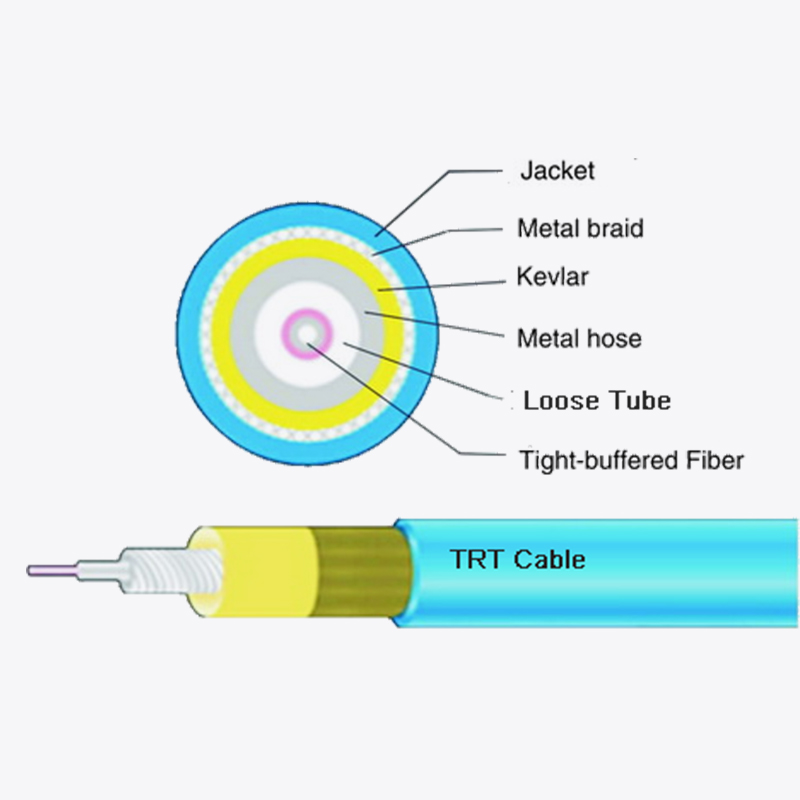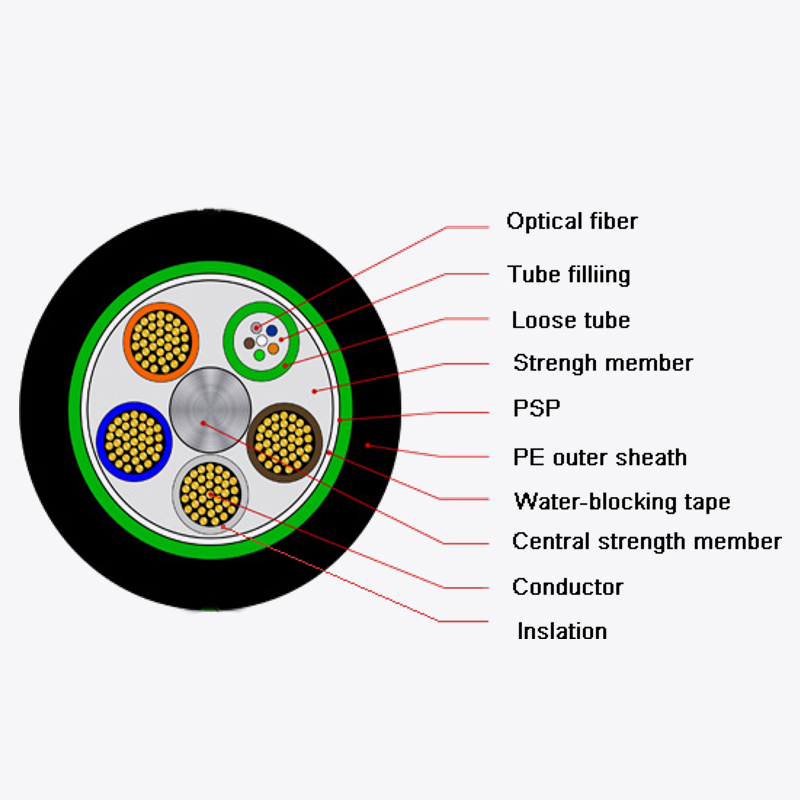Web Menu
Product Search
Exit Menu
How do optical cable splice boxes cope with sealing challenges under direct burial?
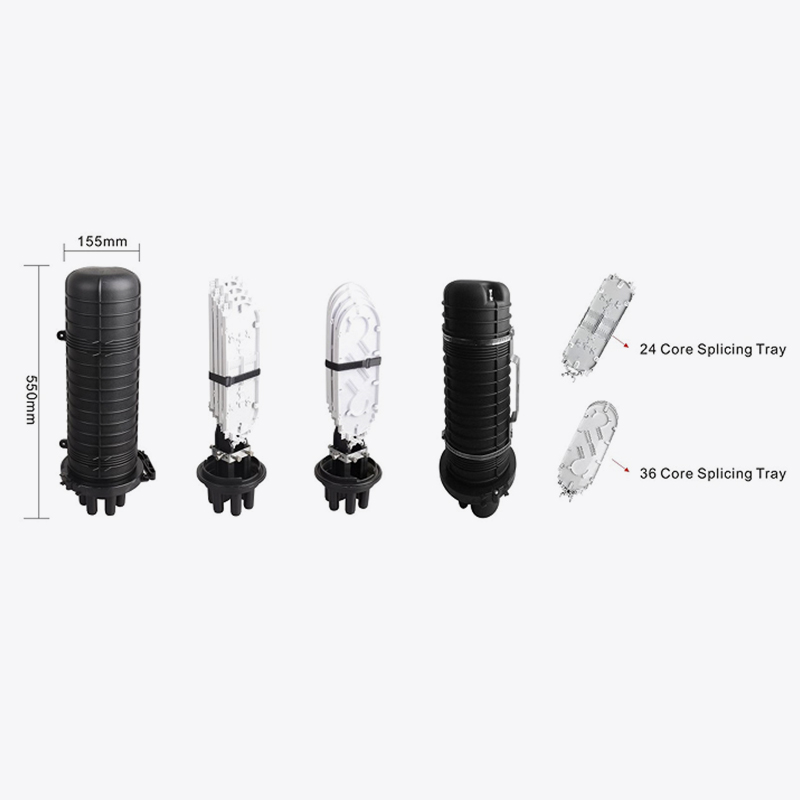
How do optical cable splice boxes cope with sealing challenges under direct burial?
In the construction of optical fiber communication networks, optical cable splice boxes, as key components, bear the heavy responsibility of connecting and protecting optical cable joints. The quality of its performance is directly related to whether the communication system can operate stably and efficiently. Among the many laying methods, direct burial laying is widely used in urban underground pipe networks, long-distance communication line laying in remote areas and other scenarios because of its advantages such as space saving, beautiful appearance and little external interference. However, the direct burial environment also brings extremely severe challenges to the sealing performance of optical cable splice boxes.
Under direct burial laying, optical cable splice boxes are buried deep underground for a long time, and the environment they are in is complex and harsh. The pressure of the soil is the first problem to be faced. Over time, the soil will continue to exert pressure on the box body, which requires the structure of the splice box to be stable enough. From the perspective of structural design, modern high-quality optical cable splice boxes mostly use integrated molding technology to reduce splicing gaps and enhance overall pressure resistance. The wall thickness of the box body has been carefully designed and calculated to ensure that it is lightweight while being able to withstand the huge pressure from the soil without deformation. For example, a box body with uniform wall thickness and in line with mechanical design requirements is made of high-strength engineering plastics through injection molding. The inside of the box body is also equipped with a reinforcing rib structure to further enhance the compressive strength, just like creating a solid "skeleton" for the box body, so that it can stand up under soil pressure.
At the same time, groundwater immersion is another major challenge. Groundwater contains various minerals, microorganisms and possible acid and alkali substances, and has strong corrosive and permeability. Once the seal of the splicing box fails, groundwater intrusion will have a catastrophic effect on the extremely fragile optical fiber. To cope with this situation, the selection of box body materials is crucial. Materials with excellent corrosion resistance are the first choice, such as specially formulated engineering plastics such as polyethylene (PE) and polypropylene (PP). They have good chemical stability and can effectively resist groundwater erosion. These materials have a tight molecular structure and are not easy to react chemically with chemicals in the water, thus ensuring that the box body will not be corroded and damaged under long-term immersion.
In terms of anti-penetration ability, the microstructure of the material plays a key role. Some high-end optical cable splicing boxes are made of nanocomposite materials. The nano-scale particles inside this material are filled in the molecular gaps, which greatly reduces the porosity of the material and makes it difficult for water molecules to penetrate. Taking nano-silicon dioxide modified engineering plastics as an example, its anti-permeability performance is significantly improved compared with ordinary materials, just like forming an invisible "waterproof shield" on the surface of the box body, effectively preventing the infiltration of groundwater.
In addition to the box body material itself, the selection and application of sealing materials should not be ignored. In a direct burial environment, the sealing materials used for the splicing of the box body and the inlet and outlet of the optical cable need to have excellent water resistance, acid and alkali resistance and long-term flexibility. Common silicone rubber sealing strips are widely used. Silicone rubber has good weather resistance and chemical stability. Under long-term immersion in groundwater, it can still maintain elasticity and tightly fill the gaps between the box bodies to prevent foreign substances from entering. In addition, in addition to using sealing gaskets, sealants with high adhesion and waterproof properties are also applied to the inlet and outlet of the optical cable. This sealant can not only fit tightly with the surface of the optical cable and the inner wall of the inlet and outlet of the splice box, but also repair possible tiny gaps to a certain extent, further strengthening the sealing effect, just like putting a layer of "sealed armor" on the inlet and outlet of the optical cable.
In order to ensure the reliable sealing performance of the optical cable splice box in the direct burial environment, the quality control in the production process is also extremely strict. Every production link follows strict standards and process flow, from the inspection of raw materials, to the precision control of structural molding, to the assembly of sealing components, all are tested layer by layer. Before the finished product leaves the factory, it will simulate the direct burial environment for a number of rigorous tests, such as compression tests simulating soil pressure, long-term groundwater immersion tests, etc. Only products that pass all tests can enter the market and be put into actual use.
The direct burial environment poses a full range of rigorous challenges to the sealing performance of the optical cable splice box. From the stability of the structural design, to the corrosion resistance and anti-permeability of the box body material, to the selection and application of sealing materials and strict quality control, each link is closely linked to jointly build a sealing protection system to ensure the stable operation of the optical cable splice box in the direct burial environment. Only by continuously optimizing these aspects can we ensure that the optical fiber communication network can achieve reliable and stable signal transmission under the direct burial laying method, providing a solid foundation for the flow of information in modern society.
 Address:Zhong'an Road, Puzhuang Town, Suzhou City, Jiangsu Prov., China
Address:Zhong'an Road, Puzhuang Town, Suzhou City, Jiangsu Prov., China Phone:+86-189 1350 1815
Phone:+86-189 1350 1815 Tel:+86-512-66392923
Tel:+86-512-66392923 Fax:+86-512-66383830
Fax:+86-512-66383830 Email:[email protected]
Email:[email protected] Wechat: xiaobin18913501815
Wechat: xiaobin18913501815 whatsapp: +86 18913501815
whatsapp: +86 18913501815
 0
0

 English
English русский
русский Español
Español Português
Português عربى
عربى